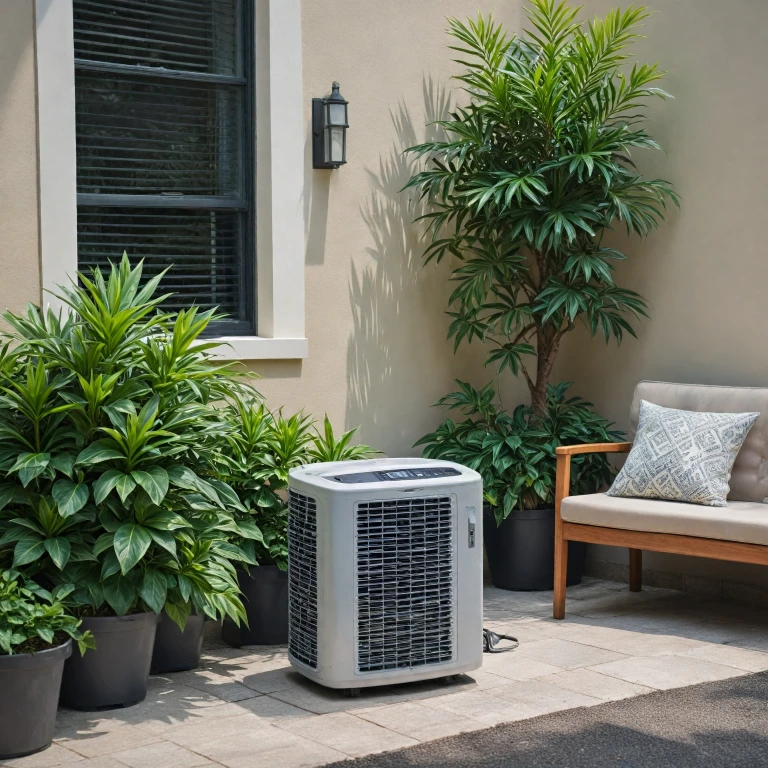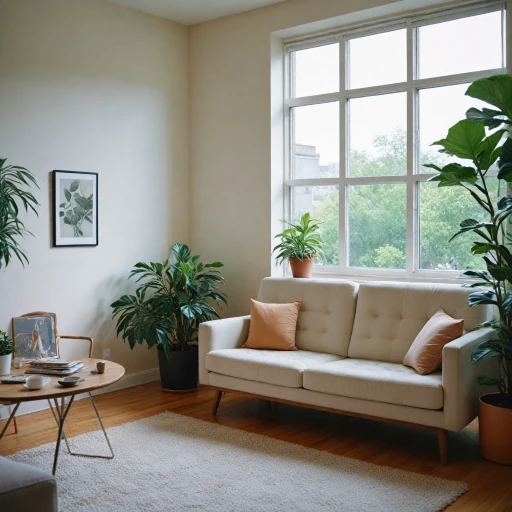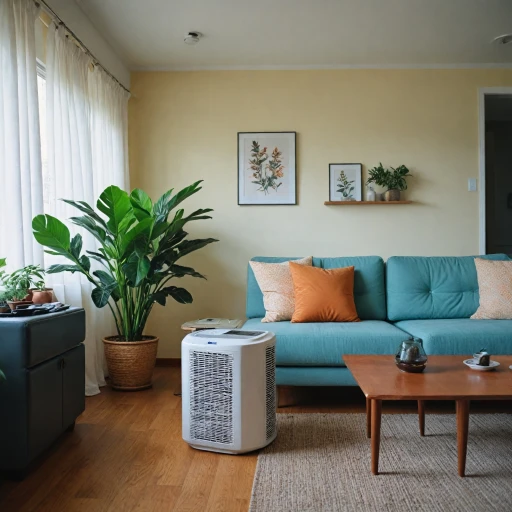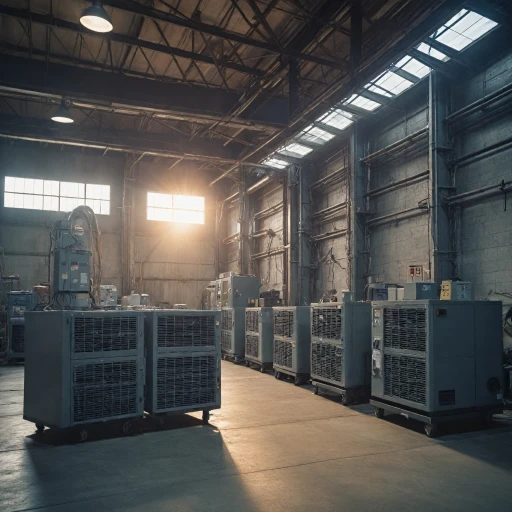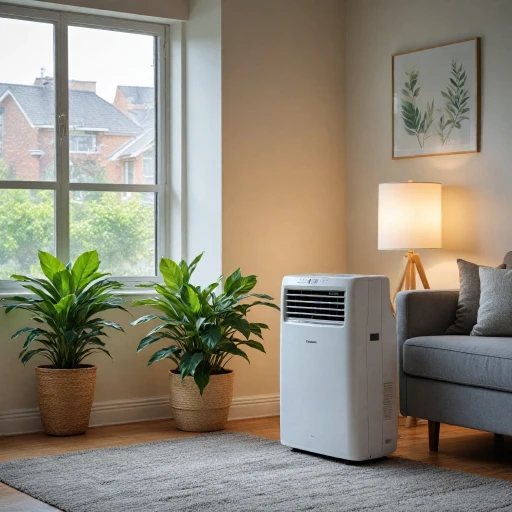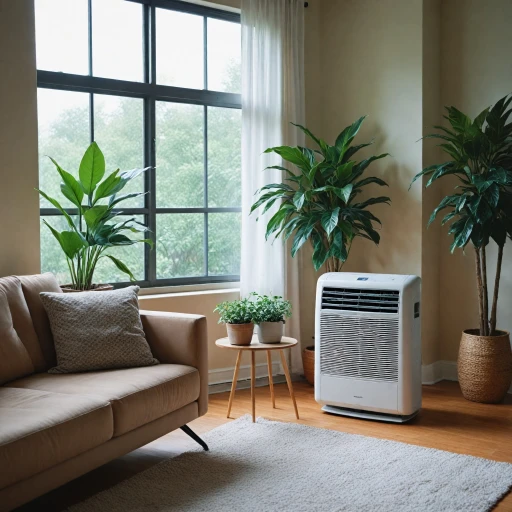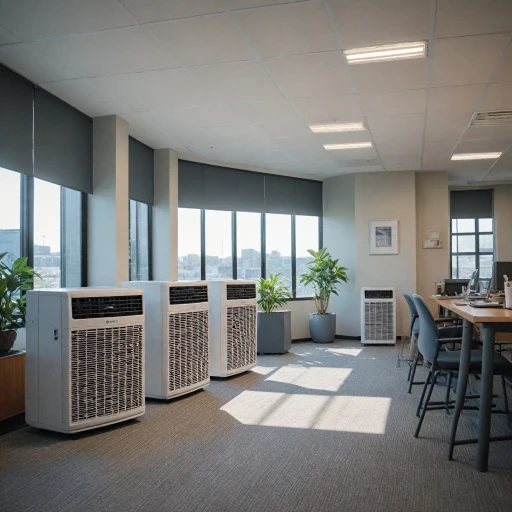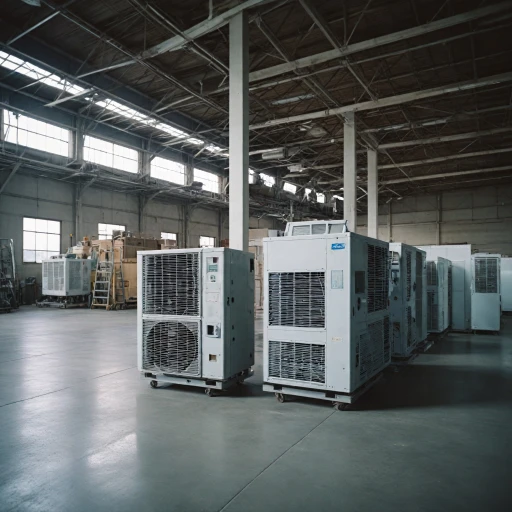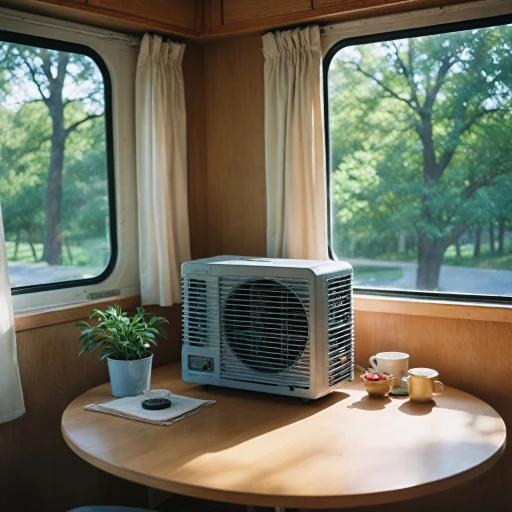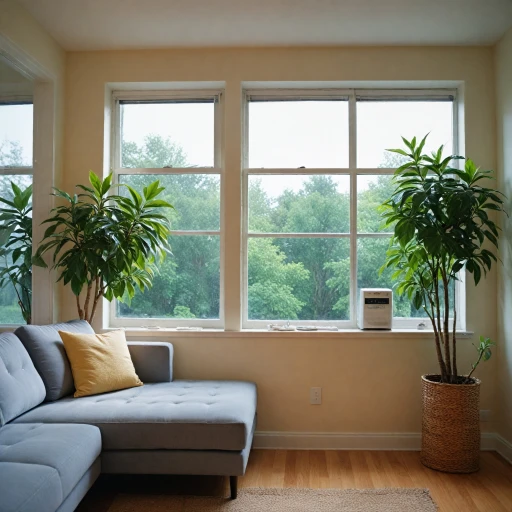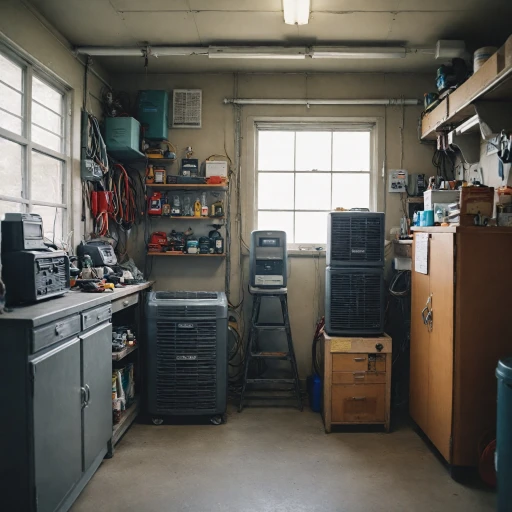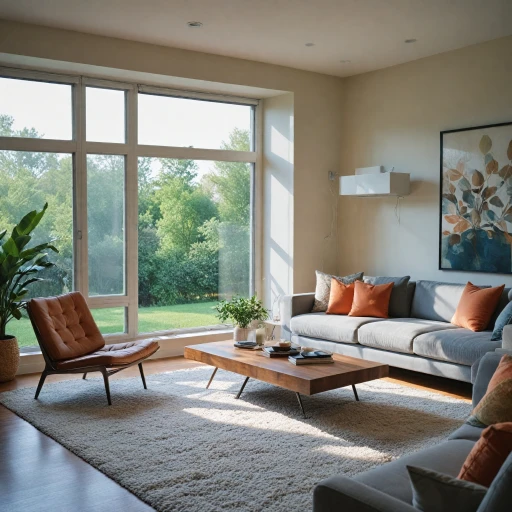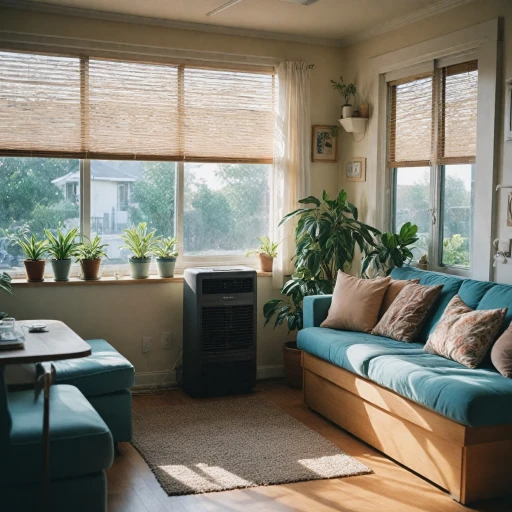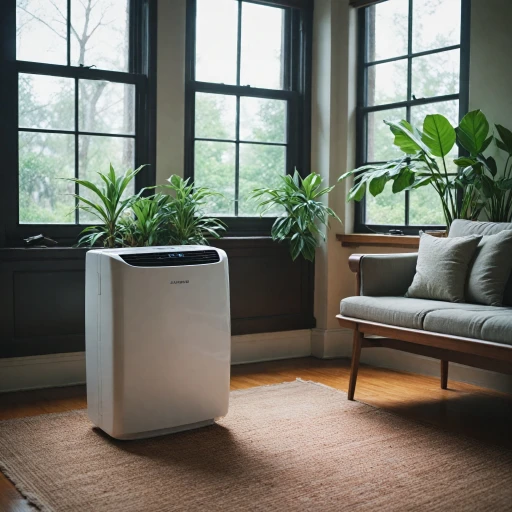
How Exterior Portable Air Conditioners Work
Operation Mechanism of Exterior Portable Air Conditioners
Exterior portable air conditioners have become an appealing choice for those seeking a flexible yet effective solution for cooling spaces. These units primarily function by drawing in the warm outdoor air, cooling it down, and then releasing it into the designated room. The mechanism is not overly complex but involves a few essential components that work in harmony. To get started, it’s important to understand that a standard exterior portable air conditioner features a compressor, two fans, and a refrigerant gas. The compressor plays a crucial role by compressing the refrigerant, turning it into a hot gas. This gas then cools in the condenser, releases heat, and turns into a more suitable liquid for cooling purposes. From here, the cooled liquid travels through the evaporator coil, where it absorbs heat from the indoor air. This process is facilitated by one of the fans, which draws warm air from the room, passing it over the cold evaporator coils to produce cool, refreshing air. The unit then directs the newly cooled air back into the living space, creating a more stable and comfortable temperature. For those wondering about discharge, a second fan helps expel the absorbed heat via a hose system directed outdoors, maintaining optimal performance and ensuring that the room air stays cold and comfortable. Dual hose systems are often considered more efficient as they allow separate channels for intake and discharge, thus enhancing air conditioning efficiency. The best part about these portable units is their flexibility. They often come with a remote control for convenient operation, adjustable fan speeds, and even a built-in evaporative cooler, allowing for humidity regulation as well as temperature control. Exterior portable air conditioners come in various cooling capacities typically measured in BTUs (British Thermal Units). Selecting the right cooling capacity is critical and further reading on choosing an appropriate model can help you find what you need. Explore another dimension of mobility by considering these units for your mobile home: Choosing the Right Air Conditioner for Your Mobile Home. Here, understanding your particular space and its cooling requirements becomes key to making the most of what these conditioners offer. The room's size and layout, as well as direct sunlight exposure, will affect how efficiently your unit can maintain desired temperatures.Benefits of Using Exterior Portable Air Conditioners
Advantages of Opting for Exterior Portable Cooling Systems
Choosing an exterior portable air conditioner comes with a host of advantages, particularly for those who require a flexible, user-friendly solution for their cooling needs. The distinct design provides several practical benefits that cater to various environments.
- Efficient Cooling: With varying BTU ratings, these units offer efficient cooling tailored to specific room sizes and outdoor environments. This adaptability ensures that whether you're cooling a living room or an outdoor patio, there is a model to suit your needs.
- Space-Saving Design: Given that these units are portable, they don’t require permanent installation, allowing you to optimize space. This makes them ideal for non-traditional setups like outdoor gatherings or when you need temporary cooling solutions.
- Versatility: Many models include dual hose systems, a remote control for convenience, and varied fan speeds, making it easier to adjust settings from any part of the room or outdoor space.
- Cost-Effective: These portable devices often come with a more manageable price tag compared to permanent installations. They also provide a viable option for those looking to economize on electricity bills by cooling only occupied spaces.
- Ease of Use: The user-friendly design allows for straightforward operation. With easy access to water tanks in evaporative air coolers, maintenance is simplified, ensuring longevity and optimal performance.
Choosing the right portable air conditioner also means considering factors like cooling capacity and specific features such as evaporative cooling or heating capabilities. Brands on platforms like Amazon offer a wide range of conditioners with comprehensive product descriptions and customer reviews, aiding in informed decision-making.
For those interested in exploring the extensive functionalities of window heat pump air conditioners and other efficient cooling options, consider reading further insights on window heat pump air conditioners.
Challenges and Considerations
Factors to Keep in Mind When Opting for Exterior Portable Air Conditioners
While exterior portable air conditioners might offer a host of advantages, there are several factors and challenges to consider before making a purchase.
- BTU Ratings: A higher BTU means better cooling capacity, but you need to match it to the size of your room to avoid wasted energy. Ensure the unit's BTU rating aligns with the specific cooling requirements of your room or outdoor area.
- Installation Limitations: These units often require a connection to the outdoors via a window or door for ventilation. If your space has limited options for venting, you might face some hurdles during installation.
- Cooling Effectiveness: Depending on your environment, an evaporative air cooler might not work as efficiently in areas with high humidity. Contrast this with a dual hose system in a portable air conditioner that circulates air more effectively, offering colder air.
- Price Considerations: The price of these units can vary widely based on features like fan speeds, remote controls, and additional functionalities. Budgeting accordingly while keeping an eye on long-term costs is crucial when assessing the best product for your needs.
- Hose Management: Units that rely on hose setups might need more space, and managing these hoses can be cumbersome in tight spaces. Assess your space to ensure compatibility.
- Water Tank Requirements: Evaporative coolers require regular refilling of their water tank, which could be an added responsibility. Consider how often you'd have to maintain this compared to traditional air conditioning systems.
- Outdoor and Indoor Flexibility: Exterior portable air conditioners are often designed to be used in specific environments. Make sure the unit you select is optimized for either indoors or outdoors, depending on where you'll primarily be using it.
With a proper understanding of these challenges, you can confidently select the most appropriate exterior portable air conditioner that meets your unique requirements. For further insights on selecting the right air conditioning solutions, you can continue reading here.
Choosing the Right Model for Your Needs
Selecting the Ideal Cooling Unit
Choosing the most suitable exterior portable air conditioner for your needs can be a daunting task, given the myriad of models available in the market. Before making a purchase, consider these essential factors to ensure you select the right unit for your specific situation.- Cooling Capacity: Measured in BTUs (British Thermal Units), cooling capacity is a crucial indicator of an air conditioner's efficiency. A high BTU rating means the unit can cool a larger room. When assessing potential purchases, evaluate the cooling capacity necessary based on your room's size to maintain an ideal temperature throughout. For example, a smaller room might only require a 5,000 BTU portable air conditioner, whereas a larger area might need well over 12,000 BTUs.
- Features and Controls: Consider exterior portable air conditioners equipped with convenient features like a remote control and adjustable fan speeds. Units with dual hose systems can provide more efficient cooling by using one hose to draw in outdoor air and another to expel warm air from the room. These features not only enhance user experience but also optimize cooling performance.
- Functional Versatility: Some units offer evaporative air cooling, which functions by adding moisture to the air. If you live in a particularly dry climate, this feature might be beneficial. Moreover, dual-purpose models that function as both heater and air cooler provide all-year utility, making them valuable investments.
- Space and Portability: Assess the unit’s dimensions to ensure it fits comfortably in the intended space without obstructing movement. Additionally, lighter models with wheels or ergonomic handles offer greater portability, making relocation between rooms smoother.
- Budget and Efficiency: Pricing varies considerably, so define a budget that balances cost with desired features. More expensive models tend to include advanced functionality, such as energy-saving modes and whisper-quiet operations. You can find a range of options on platforms like Amazon that cater to different needs and price points.
Installation Tips and Best Practices
Guidelines for Installing Your Exterior Portable Air Conditioner
Proper installation is key to ensuring your exterior portable air conditioner operates efficiently and provides the cooling comfort you need during the warmer months. Here are essential tips to help with the setup:- Location Selection: Choose a well-ventilated spot outdoors to place your unit, ideally near a window or a ventilation opening in the room you aim to cool. This placement allows the cooler air to efficiently enter the room without long hoses, which could reduce cooling capacity.
- Ensure Stability: Position the air conditioner on a flat surface to prevent it from tipping over. The ground should be stable, especially if your product includes a water tank for its evaporative features; spills can occur if the unit shakes.
- Secure the Hoses: Attach the hoses securely, whether it's a single or dual hose system. Ensuring a tight connection reduces the chance of cool air leaking and maintains the temperature inside the room.
- Electricity Access: Make sure there's an accessible power outlet nearby. A proper electric supply chain prevents voltage drops that can hinder the unit's performance or give rise to safety issues.
- Consider Drainage Needs: If your portable unit includes a water tank or an evaporative cooler component, identify a method for proper drainage or frequent emptying.
- Maximize Remote Functionality: Place the unit within the effective range of its remote control, making adjustments to the fan speeds or temperature settings convenient without needing to manually handle the unit.
- Weather Considerations: Although exterior portable air conditioners are designed for outdoor use, they should be sheltered from extreme weather to prolong their lifespan. Ensure that rain, strong winds, or excessive humidity won't directly affect the unit.
Maintenance and Troubleshooting
Effective Maintenance for Longevity
Maintaining your exterior portable air conditioner is crucial for ensuring optimal performance and longevity. Regular care can help avoid common problems that might arise due to the wear and tear of continuous usage, especially when dealing with various outdoor conditions.
Routine Cleaning Procedures
Frequent cleaning of your air conditioner’s filters is essential. Depending on the environment, dust and debris can accumulate quickly, reducing the unit’s cooling capacity. For units with washable filters, rinse them gently under cool water and ensure they are thoroughly dry before reinserting.
Water Tank Management
If your portable air conditioner features an evaporative cooler function, regularly check the water tank for cleanliness and proper water levels. Stagnant water can lead to unpleasant odors and mold, which can affect the air quality delivered by the unit.
Functional Checks and Balances
Perform regular inspections of the unit’s fan, remote control, and dual hose system to ensure all components are operating effectively. If you notice any irregular noise or reduced efficiency, it might be time to consult with a professional to avoid further complications.
Yearly Professional Servicing
It can be beneficial to schedule a professional service annually to conduct a comprehensive checkup. This can include examining the performance metrics like BTU ratings and ensuring the cool airflow is consistent with the unit's specifications.
Common Troubleshooting Steps
In cases where you experience issues, begin by conducting basic troubleshooting, like verifying the power source, inspecting the air outlets for blockages, and ensuring the outdoor air intake is clear of obstructions.
For more detailed insights on understanding the efficient usage of air conditioners, you can continue reading our blog series for professional advice and personal assessments.
